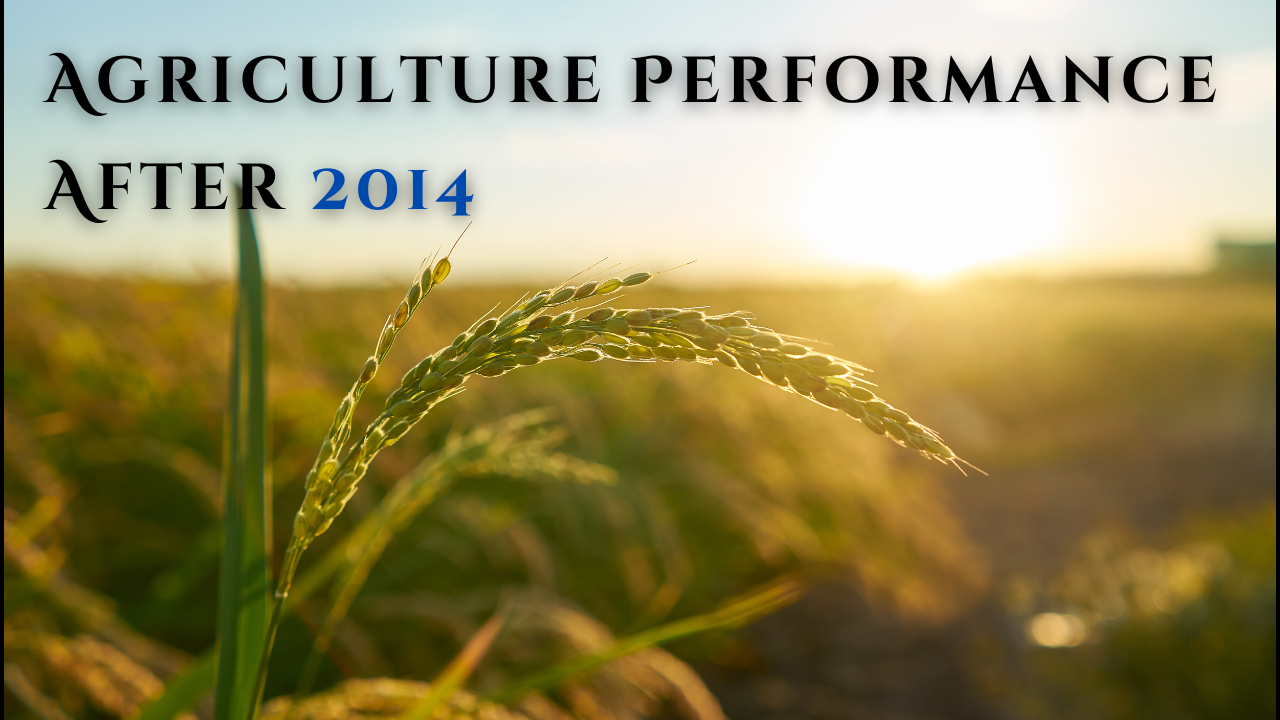Font size:
Print
Prelims Pointer: Hawkish Economic Policy
Context:
As the US prepares for the presidential election in November, the Federal Reserve has indicated that it is unwilling to lower interest rates in a hurry.
More on News:
- The US, as the world’s largest economy, has a significant influence on global markets.
- Higher US interest rates strengthen the dollar against other currencies.
- Stronger dollar incentivizes investors to pull money from emerging economies to the US.
- This can destabilise emerging markets’ macroeconomic stability.
About Hawkish Economic Policy:
- In financial terms, “hawkish” and “dovish” refer to two different approaches in fiscal and monetary policy.
- Hawks see inflation as the main concern and view high-interest rates as a tool necessary to keep it in check.
- Thus, it is a monetary policy stance that focuses on keeping high interest rates to control inflation.
- It prioritises controlling inflation over economic growth and supports an economy functioning below its full-employment level.
- It focuses on maintaining low inflation rates, typically around 2% to 3%.
- Impact on Economy:
-
- Hawkish policies help curb inflation by reducing borrowing and spending, which can lead to lower prices and a more stable economy.
- Higher interest rates can slow down economic growth by increasing borrowing costs for consumers and businesses.
- Hawkish policies can lead to higher unemployment rates as higher interest rates reduce job opportunities and increase the cost of borrowing.

Comparison with Dovish Policy:
- Dovish Policy: A monetary policy stance that favours lower interest rates to stimulate economic growth and employment.
- Key Features:
-
- Prioritises economic growth over inflation control.
- Advocates for lower interest rates to encourage borrowing and spending.
- Focuses on maintaining higher economic growth rates, often at the cost of higher inflation.



